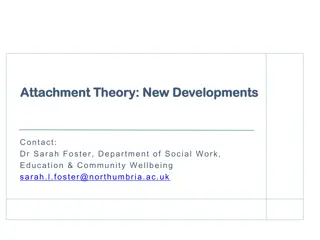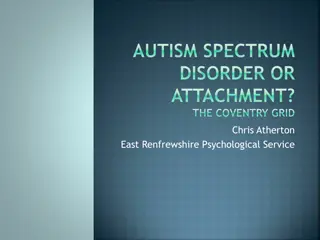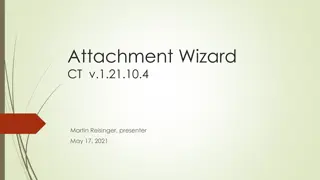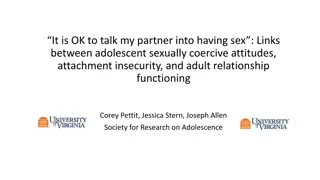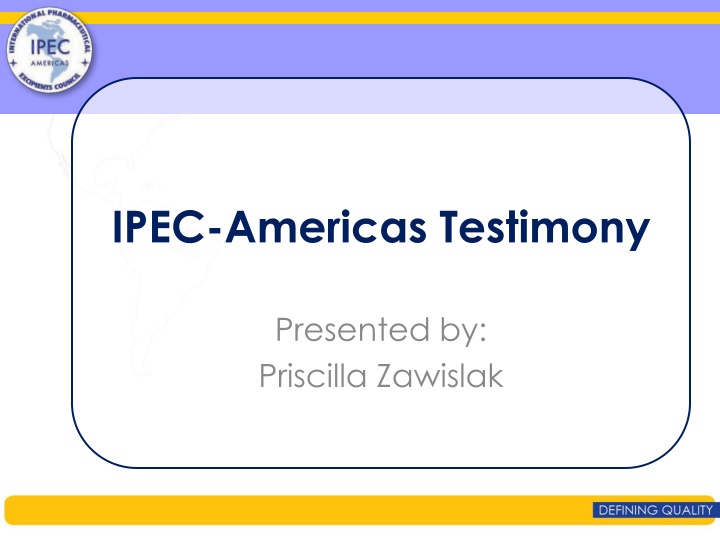
IPEC-Americas Testimony on Inactive Ingredients Issues in FDA Guidance
IPEC-Americas presents testimony by Priscilla Zawislak regarding critical issues related to inactive ingredients in FDA guidance documents, with a focus on ANDA Submissions and Refuse-to-Receive Standards. The impact on FDA GDUFA goals and industry practices is discussed, highlighting the need for clarification and consistency in addressing inactive ingredient issues to maintain predictability and timeliness in review processes. The acceptance of the family approach for excipient families is emphasized, questioning why this approach is no longer considered acceptable by OGD.
Download Presentation

Please find below an Image/Link to download the presentation.
The content on the website is provided AS IS for your information and personal use only. It may not be sold, licensed, or shared on other websites without obtaining consent from the author. If you encounter any issues during the download, it is possible that the publisher has removed the file from their server.
You are allowed to download the files provided on this website for personal or commercial use, subject to the condition that they are used lawfully. All files are the property of their respective owners.
The content on the website is provided AS IS for your information and personal use only. It may not be sold, licensed, or shared on other websites without obtaining consent from the author.
E N D
Presentation Transcript
IPEC-Americas Testimony Presented by: Priscilla Zawislak
Scope IPEC comments on critical issues related to inactive ingredients included in the following guidance documents: Draft Guidance: ANDA Submissions -- Refuse-to- Receive Standards Draft Guidance for Industry: Content and Format of Abbreviated New Drug Applications
Impact on FDA GDUFA Goals and Industry There is confusion in the industry on FDA s policy on inactive ingredients which needs to be clarified and communicated consistently in publications and guidance documents Draft guidances do not reflect historical practices in both industry and FDA in reviewing inactive ingredients Failure to clarify inactive ingredient issues prior to finalizing the guidance documents will impact the GDUFA primary tenets of predictability and timeliness in review process
Impact on FDA GDUFA Goals and Industry FDA s increased emphasis on using the controlled correspondence prior to filing is resulting in increased delays in filing The generics pharmaceutical industry cannot make high quality submissions and reduce the number of review cycles unless inactive ingredient issues are adequately addressed
ANDA Submissions -- Refuse-to- Receive Standards ACCEPTANCE OF THE FAMILY APPROACH: Materials that are compositionally similar and expected to have the same toxicity profile are considered excipient families For example: They could differ in physical attributes (such as viscosity) but are the same chemical entity Toxicology studies are typically conducted on representative material based on similarity across the entire family (not every grade) This approach has been used for decades in the food and chemical industry FDA CFSAN has typically used this approach for food additives FDA CDER and OGD has used this approach in the past until 2011 It is unclear why OGD now thinks that this approach is not acceptable
ANDA Submissions -- Refuse-to- Receive Standards ACCEPTANCE OF THE FAMILY APPROACH: Most inactive ingredients have been used safely for over 50 years in a variety of uses (pharmaceuticals, food additives, cosmetic ingredients etc.) Expectation that data will be generated on each grade of the excipient is not realistic There is no evidence that using the family approach creates any significant risk Contradicts IPEC Americas work with FDA-OGD Excipients Working Group on justifying the level of inactive ingredient by citing level for a related excipient within the same family
ANDA Submissions; Content and Format of Abbreviated New Drug Applications The guidance refers to information included in the RTR to ensure submission of high quality ANDAs There are many issues in the RTR that should be clarified and resolved with regards to inactive ingredients This guidance reiterates that information in the RTR should be followed without addressing the significant issues raised by IPEC and others Due to our concerns over the comments previously provided that have not been acted on, IPEC Americas will submit further comments after the hearing


